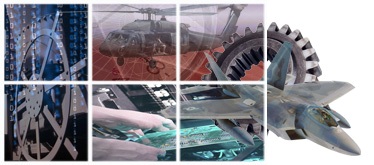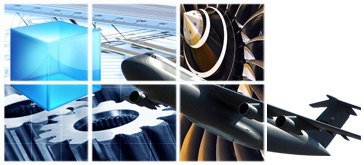The MiMoSEA technology provides a methodology for generating and executing mixed-mode simulations for quantitative assessments of architectural frameworks. It supports the entire analytic process from consistency checking of multiple system architectures to generating the requisite simulation and emulation models.
Today’s approaches to national defense are becoming more and more “capabilities”-centric. This focus necessitates the ability to rapidly realize systems that are formed as collections of interoperating systems: i.e., system-of-systems (SOS). Each component system of an SOS is a complex hybrid of elements that include information, computation, mechanical, and human elements. While information and computation elements of these systems-of-systems are the key functionality providers, the mechanical and human components ultimately deliver the punch. As a consequence, the system architectures themselves should enable capabilities assessment: these architectures should be directly usable for the quantitative assessment of interoperability or performance.





